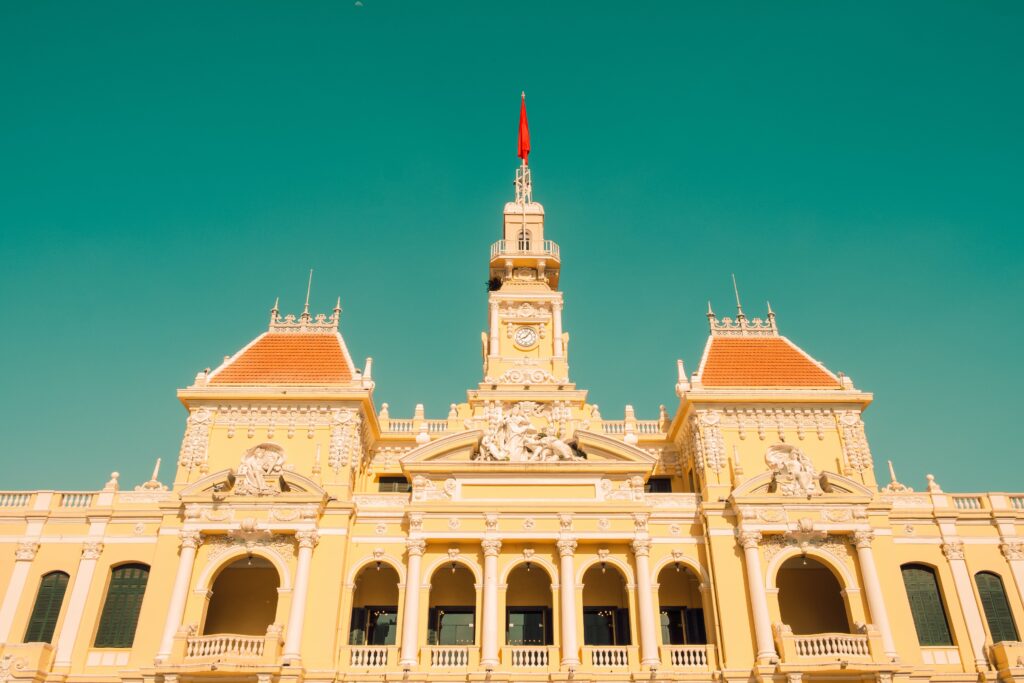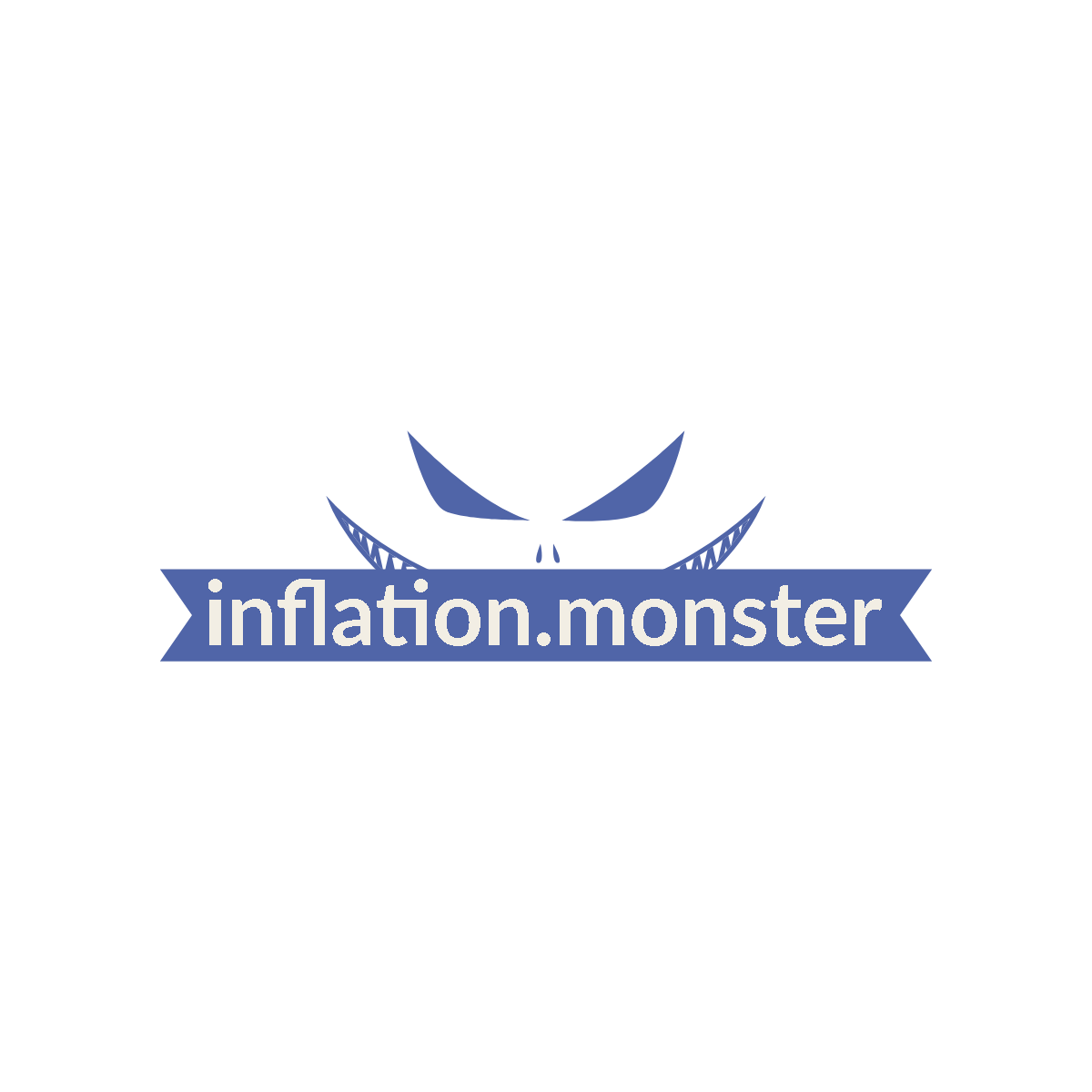Inflation and the Role of Government Stimulus – We all know that inflation is like a sneaky monster that creeps up on us, affecting our everyday lives and wreaking havoc on our finances. But what role does government stimulus play in this battle against the mighty inflation monster? At Inflation.Monster, we’re here to shed light on this crucial topic. Join us as we dive deep into the world of hard money, unravel the mysteries of inflation, and explore how government intervention can either tame or fuel the inflation beast. Get ready to arm yourself with knowledge and navigate the ever-changing financial landscape.

I. Understanding Inflation
A. Definition of Inflation
Inflation refers to the general increase in prices of goods and services over time. It means that the purchasing power of money decreases, as individuals can buy fewer goods or services for the same amount of money. This decrease in purchasing power can have a significant impact on both individuals and the overall economy.
B. Causes of Inflation
There are several causes of inflation, with the most common being demand-pull and cost-push inflation. Demand-pull inflation occurs when there is an increase in demand for goods and services, leading to an increase in prices. Cost-push inflation, on the other hand, is caused by an increase in production costs, such as wages or raw material prices, leading to higher prices for consumers.
C. Types of Inflation
Inflation can also be categorized into different types based on the rate and source of inflation. The most common types include creeping inflation, galloping inflation, hyperinflation, and deflation. Creeping inflation refers to a gradual and moderate increase in prices, while galloping inflation represents a rapid increase in prices. Hyperinflation is an extreme form of inflation, characterized by skyrocketing prices, often leading to economic instability. Deflation, on the other hand, refers to a decrease in prices, which can have negative effects on the economy.
II. The Impact of Inflation on the Economy
A. Effects of Inflation on Consumers
Inflation can have various effects on consumers. One of the most immediate impacts is the decrease in purchasing power, meaning that individuals can buy fewer goods and services with the same amount of money. This can lead to a decrease in the standard of living and an erosion of personal savings. Additionally, inflation can also lead to uncertainty, as individuals may struggle to plan for the future due to unpredictable price increases.
B. Effects of Inflation on Businesses
For businesses, inflation can affect their profitability and cost of production. As prices increase, businesses may face higher costs for raw materials, wages, and other inputs. This can reduce profit margins and potentially lead to a decrease in production levels or layoffs. Additionally, inflation can also impact consumer demand, as individuals may cut back on spending due to higher prices.
C. Effects of Inflation on Investments
Inflation can also have implications for investments. Certain types of investments, such as fixed-interest bonds, may see their real return diminish as inflation erodes the purchasing power of the fixed interest payments. However, other investment classes, such as stocks or real estate, may offer potential protection against inflation, as their values may increase along with rising prices. It’s important for investors to consider the impact of inflation on their investment portfolio and make informed decisions based on their risk tolerance and investment goals.

III. The Role of Government Stimulus
A. Definition of Government Stimulus
Government stimulus refers to the measures taken by the government to stimulate economic growth and mitigate the negative effects of economic downturns. These measures often involve increased government spending, tax cuts, or other forms of intervention to boost aggregate demand and stimulate economic activity.
B. Objectives of Government Stimulus
The main objectives of government stimulus are to promote economic growth, increase employment, and stabilize the economy during periods of recession or slowdown. By injecting additional funds into the economy, the government aims to stimulate consumer spending, business investment, and overall economic activity.
C. Forms of Government Stimulus
Government stimulus can come in various forms, including fiscal stimulus and monetary stimulus. Fiscal stimulus involves government spending and tax policies aimed at stimulating the economy, such as infrastructure projects or tax cuts. Monetary stimulus, on the other hand, involves actions taken by the central bank to influence interest rates and credit conditions to stimulate borrowing and spending.
IV. Government Stimulus and Inflation
A. The Debate on Government Stimulus and Inflation
There is often a debate surrounding the relationship between government stimulus and inflation. Critics argue that excessive government spending and stimulus measures can lead to an increase in the money supply, which in turn can drive up prices and result in inflation. On the other hand, proponents of government stimulus argue that during times of economic downturn, it is necessary to stimulate aggregate demand and prevent deflationary pressures, which can have detrimental effects on the economy.
B. Relationship Between Government Stimulus and Inflation
The relationship between government stimulus and inflation is complex and can be influenced by various factors. While it is true that excessive and poorly targeted stimulus measures can lead to inflationary pressures, well-designed and timely stimulus can help address economic downturns without significant inflationary consequences. Central banks play a crucial role in managing this balance by implementing appropriate monetary policies to control inflation while supporting economic growth.
C. Examples and Case Studies
Various case studies provide insights into the effects of government stimulus on inflation. For example, the response to the global financial crisis in 2008 involved significant government stimulus measures, which helped stabilize the economy and prevent a deflationary spiral. While there were concerns about inflation at the time, inflation remained relatively moderate in most countries due to the effectiveness of monetary policy measures implemented by central banks.

V. Managing Inflation Through Government Intervention
A. Monetary Policy Measures
Monetary policy measures are one of the key tools used by governments and central banks to manage inflation. Central banks can employ various techniques such as adjusting interest rates, implementing reserve requirements, and conducting open market operations to control the money supply and influence inflationary pressures. By carefully managing these policy levers, central banks can aim to achieve their inflation targets while supporting economic growth.
B. Fiscal Policy Measures
Fiscal policy measures, including government spending and taxation policies, can also play a role in managing inflation. During periods of high inflation or inflationary pressures, governments can implement contractionary fiscal policies, such as reducing government spending or increasing taxes, to control aggregate demand and price levels. Conversely, expansionary fiscal policies, such as increasing government spending or cutting taxes, can be utilized during periods of low inflation or recession to stimulate economic activity.
C. Challenges and Limitations
Despite the potential effectiveness of government intervention in managing inflation, there are challenges and limitations to consider. One challenge is accurately predicting the impact of policy measures on inflation, as there are often lags in the transmission of monetary and fiscal policies. Additionally, the effectiveness of these measures can be influenced by various external factors, such as global economic conditions or market expectations. Balancing the need for economic stimulus with the risks of inflation is a delicate task that requires careful analysis and decision-making.
VI. Evaluating the Effectiveness of Government Stimulus
A. Economic Indicators to Measure the Effectiveness
Several economic indicators can be used to evaluate the effectiveness of government stimulus in managing inflation. These include inflation rates, GDP growth rates, unemployment rates, and consumer confidence levels. By analyzing these indicators over time, policymakers can assess the impact of stimulus measures on the economy and make informed decisions regarding future interventions.
B. Criticisms and Controversies
The effectiveness of government stimulus measures in managing inflation has been subject to criticism and controversy. Critics argue that government intervention can lead to unintended consequences, such as asset price bubbles or misallocation of resources. Additionally, the timing and magnitude of stimulus measures can be difficult to determine accurately, leading to concerns about excessive or inadequate policy responses.
C. Case Studies and Success Stories
There have been instances where government stimulus measures have been successful in managing inflation and supporting economic growth. For example, following the global financial crisis, countries like the United States and Germany implemented stimulus packages that helped stimulate economic recovery while keeping inflation under control. These case studies provide valuable insights into the design and implementation of effective stimulus measures.
VII. The Role of Central Banks in Controlling Inflation
A. Role of Central Banks in Monetary Policy
Central banks play a crucial role in controlling inflation through their monetary policy decisions. They are responsible for setting interest rates, managing the money supply, and maintaining price stability within their respective economies. By adjusting interest rates, central banks can influence borrowing costs, credit availability, and consumer spending, all of which can impact inflation levels.
B. Tools Used by Central Banks
Central banks utilize various tools to control inflation, including open market operations, reserve requirements, and discount rates. Open market operations involve the buying or selling of government securities to influence the money supply. Reserve requirements dictate the minimum amount of reserves that banks must hold, affecting the amount of credit available in the economy. Discount rates determine the interest rate at which banks can borrow from the central bank.
C. Central Bank Independence
Central bank independence is an important factor in controlling inflation. When central banks are granted independence from political interference, they can focus on achieving their inflation targets without being influenced by short-term political considerations. This independence allows central banks to make decisions based on economic data and analysis, ensuring that monetary policies are implemented effectively to manage inflation.
VIII. Global Perspectives on Government Stimulus and Inflation
A. Different Approaches by Governments
Different governments adopt various approaches to managing inflation and implementing government stimulus. Some countries may prioritize strict monetary policies to keep inflation low, while others may opt for more expansionary fiscal policies during economic downturns. The specific approach taken depends on a country’s economic circumstances, political climate, and policy objectives.
B. Lessons Learned from Past Experiences
Looking at past experiences can provide valuable lessons in managing inflation and government stimulus. For example, the hyperinflation episodes in Zimbabwe and Venezuela highlight the dangers of excessive money creation and the importance of maintaining sound monetary policies. On the other hand, the successful management of inflation in countries like Japan and Sweden can offer insights into effective policy frameworks.
C. International Cooperation
International cooperation plays a significant role in managing inflation and coordinating government stimulus efforts. Through forums such as the International Monetary Fund (IMF) and the G20, countries can exchange information, coordinate policy responses, and support each other in times of economic crisis. Collaboration and coordination among governments can help address global economic challenges and prevent the spread of inflationary pressures.
IX. Future Prospects and the Inflation Outlook
A. Predictions and Forecasts
Predicting inflation and the impact of government stimulus on future inflation levels is challenging. Economists and analysts rely on various indicators, such as economic data, consumer behavior, and market trends, to make forecasts. These predictions can guide policymakers in formulating appropriate measures to manage inflation and support economic growth in the future.
B. Impact of Government Stimulus on Future Inflation
The impact of government stimulus on future inflation depends on the effectiveness of policy measures, external factors influencing the economy, and the timing of policy implementation. Well-targeted and carefully managed stimulus measures can help stimulate economic growth without significant inflationary consequences. However, policymakers must remain vigilant and adapt their strategies as the economic landscape evolves.
C. Potential Risks and Challenges
There are potential risks and challenges associated with managing inflation and implementing government stimulus. These include the risk of excessive money creation, fiscal imbalances, and unintended consequences of policy measures. Additionally, external shocks, such as global economic crises or natural disasters, can pose challenges to inflation management. Governments must be prepared to respond effectively and adjust their policies as needed to address these risks and challenges.
X. Conclusion
A. Recap of Key Points
Inflation is the general increase in prices of goods and services over time, which can decrease the purchasing power of money. It has various effects on consumers, businesses, and investments. Government stimulus refers to measures taken by the government to stimulate economic growth and mitigate economic downturns. There is a debate on the relationship between government stimulus and inflation, but well-designed policies can strike a balance between stimulating the economy and managing inflation.
B. Importance of Government Intervention
Government intervention is crucial in managing inflation and supporting the economy. Through fiscal and monetary policies, governments can stimulate aggregate demand, control inflationary pressures, and promote economic growth. However, policymakers must carefully consider the potential risks and challenges associated with intervention and make informed decisions based on economic data and analysis.
C. Balancing Inflation and Stimulus
Balancing inflation and stimulus requires a delicate and nuanced approach. Central banks play a vital role in controlling inflation through their monetary policy decisions, while governments can implement fiscal policies to support economic growth. International cooperation and learning from past experiences can provide valuable insights into effective policy frameworks. As the future unfolds, policymakers must remain vigilant, adapt their strategies, and prioritize the welfare of their citizens while managing inflation and supporting economic stability.




